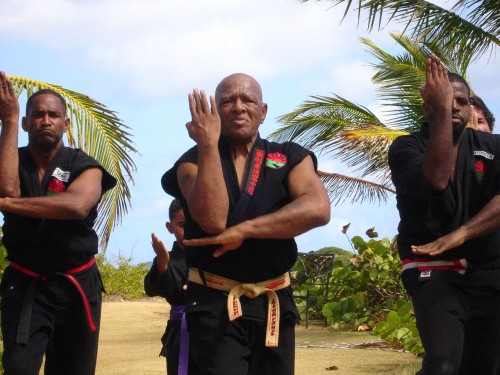In this chapter, it focuses again mostly on Bruce Lee and his work with the fantasy factory workers and the cast of Enter the Dragon, especially with Bob Hall who plays as Ohara in the movie. I was intrigued to discover that in the scene where Ohara tried to use glass bottles as a weapon against “Lee”, Bob Hall decided to actually use real glass bottles, which injured Lee’s hands as he broke them in the scene. This could’ve been seen as a way to get at Bruce and to defy him, especially to all the Chinese on set who witnessed the incident. Fortunately, he “got back” at Ohara/Hall by pulling off the moves that “defeated” him. While this was happening, all the Chinese extras on set, including the ones under Han, started cheering and getting excited over Lee’s actions. This wasn’t intentional, but it was the fact that Bruce Lee was getting back at Bob Hall for his actions against Lee, especially for the treatment they received from the American cast who insulted them since they believed they did not understand English as Americans do. Another incident that occurred was the shooting of the boat scene for Enter the Dragon, where a man shouted cursed the Chinese for their inability to understand him, causing one of the Chinese cameramen nearby to attack him.
This chapter also mentions the “Oriental” stereotype of Charlie Chan and Dr. Fu Manchu. There were also connections between the story of Enter the Dragon and the cast and directors who were in the movie. The reading made it seem as though they were not entirely that different, having “Lee” take on Han, while off set it was Bruce Lee taking on the Shaw Brothers. There was conflict between both roles here, and it was interesting to find this connection since I wouldn’t have guessed that this kind of relationship even existed during the shooting of the movie.


